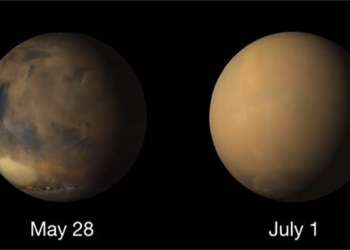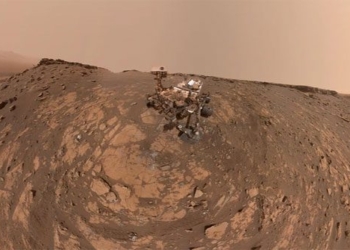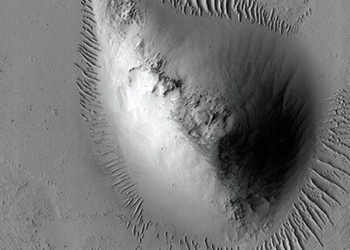Gilbert V. Levin asserted that he found evidence of life on Mars. Despite being ridiculed by some colleagues, he maintained his claim until his passing.
When NASA scientist Gilbert V. Levin passed away earlier this year at the age of 97, he still believed he had discovered evidence of life on Mars.
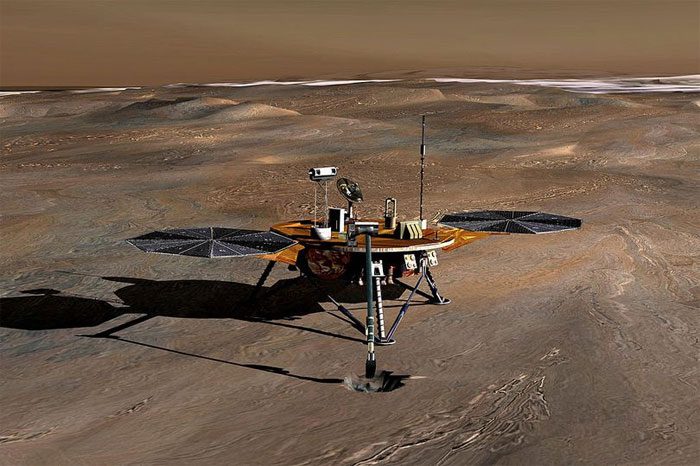
Many Mars landers have found evidence of life on the Red Planet. (Photo: Getty).
Forty-five years ago, Levin oversaw an experiment on NASA’s Viking Mars probe. The experiment, named “The Labelled Release”, was designed to detect any gases that microorganisms on Mars might “exhale.”
Levin wrote: “On July 30, 1976, the LR experiment sent back initial results from Mars. Surprisingly, the results were extremely positive!” The experiment was conducted four times at four separate locations. Levin stated that the results were “similar to those from LR experiments on Earth.”
NASA was not convinced by these results. They used another device on the probe, the Viking Molecular Analysis Experiment, and found no organic material in Martian soil. Therefore, NASA concluded that whatever Levin’s device detected was “mimicking life, but not life.”
However, Levin was not swayed by this argument. Until the end of his life, he insisted that the LR experiment had detected life on the Red Planet. Levin wrote in 2019: “Incredible! For 43 years, no NASA lander has continued to carry life detection instruments to further investigate these intriguing results.”
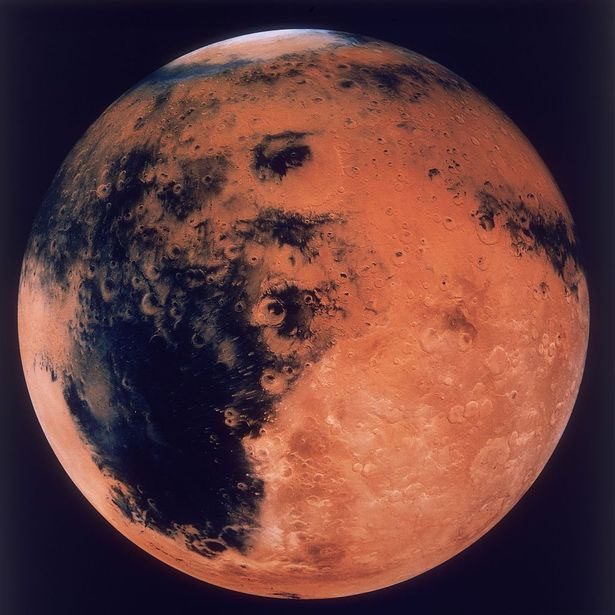
Levin believes he found life on Mars. (Photo: Getty Images).
Levin’s belief affected his reputation. He stated: “At a talk at the National Academy of Sciences, I said we had discovered life, but many people disagreed.” Some even openly insulted him.
Despite this, Levin provided reasons for his belief that his findings were correct. First, Mars has enough water to support the microorganisms found by NASA’s Viking, Pathfinder, Phoenix, and Curiosity landers, along with the rapid disappearance of methane from the Martian atmosphere. Finally, the fact that the Martian atmosphere is in a state of imbalance, as Levin noted: “Its CO2 is being converted to CO by the Sun’s UV rays.”
Most planetary scientists dismissed Levin’s conclusions, yet his belief never wavered. In 2012, a group of international scientists—including Levin—re-evaluated the Viking LR results. They concluded that the experiment had detected “microbial life existing on Mars.”
Levin also suggested that living microorganisms could have traveled between Earth and Mars on meteors dozens of times over millennia. NASA scientist Chris McKay agreed, stating that Mars and Earth have almost certainly “swapped places” over billions of years.








































